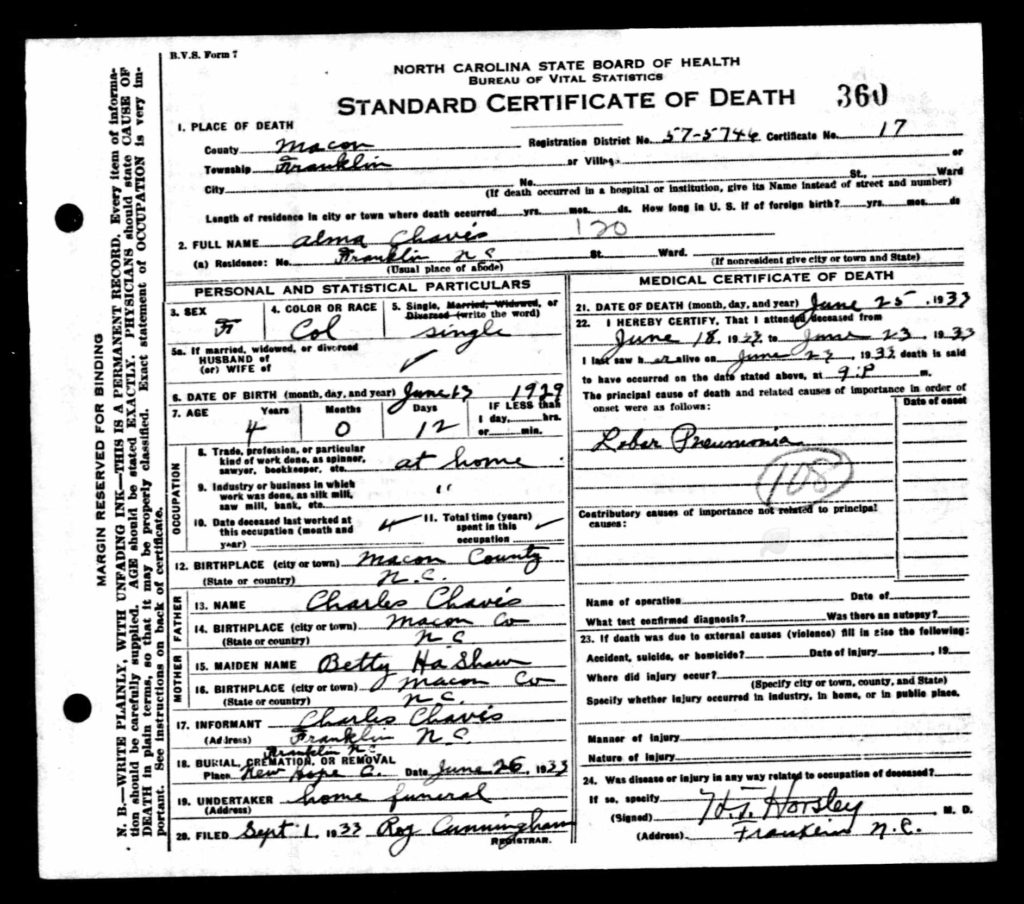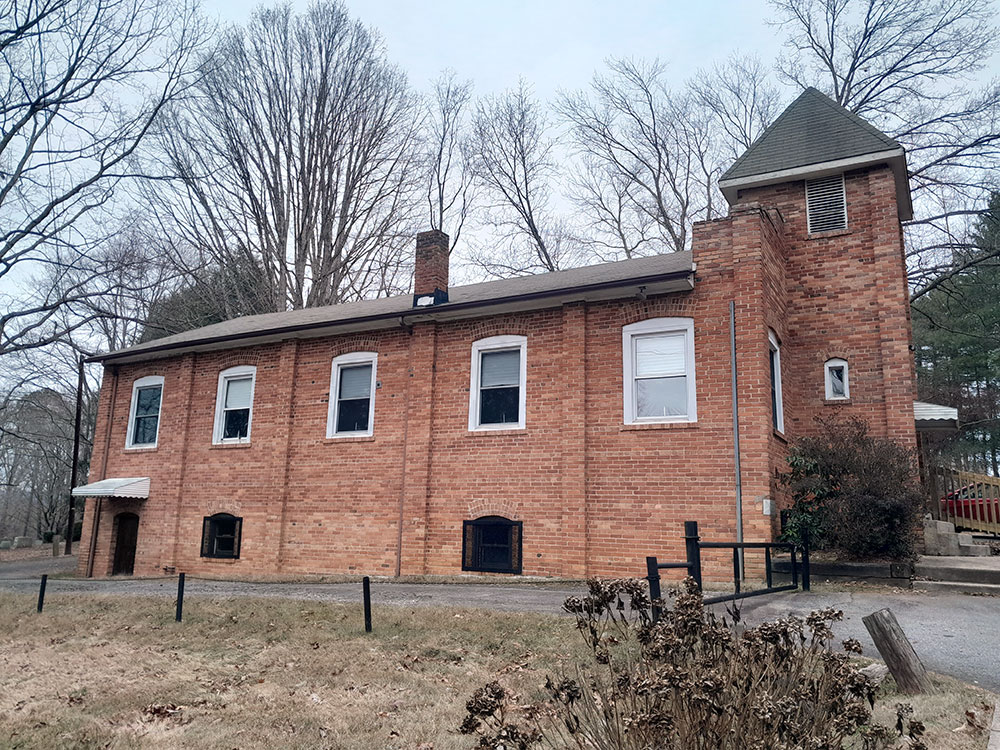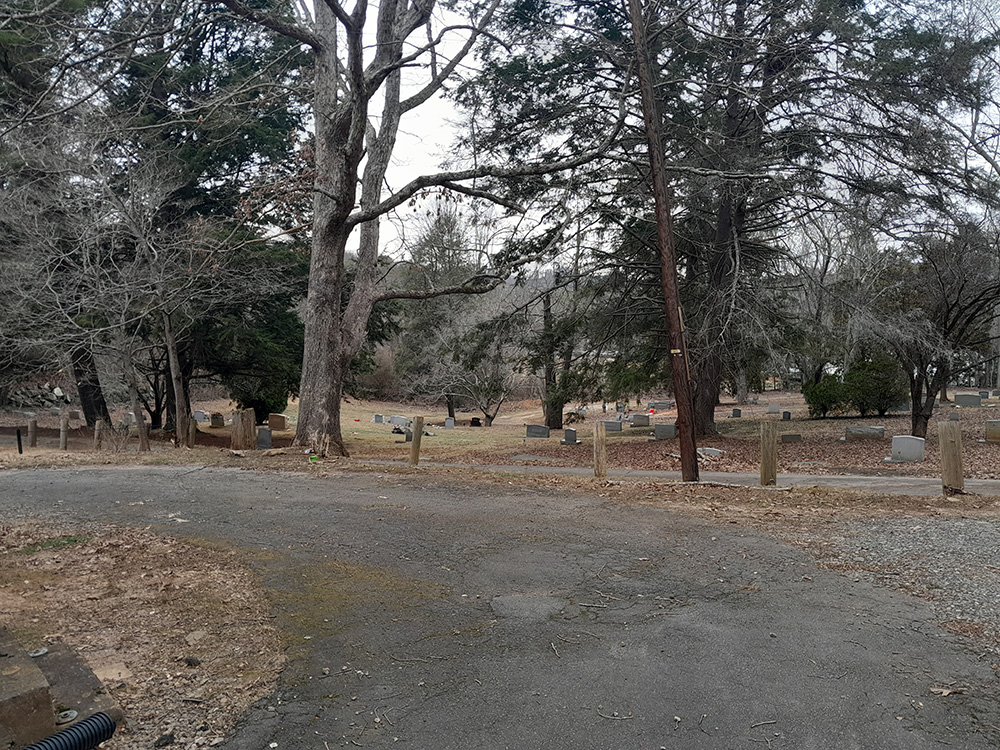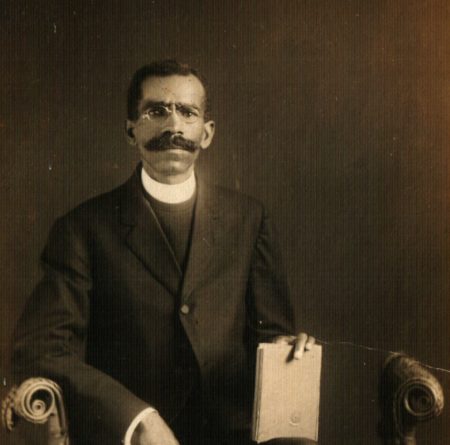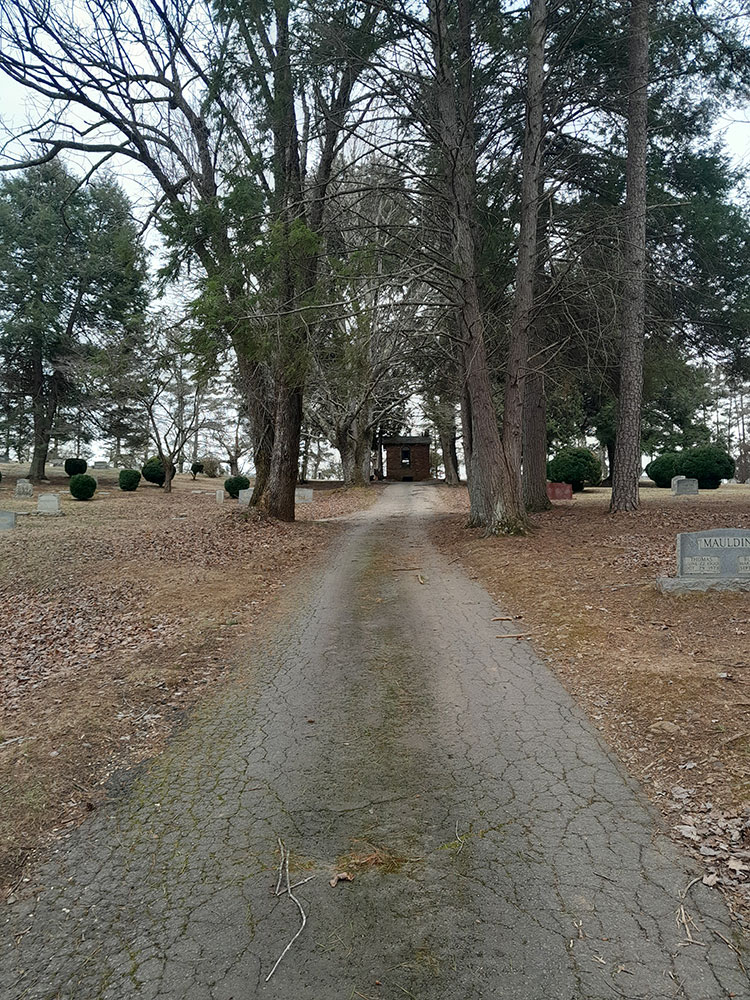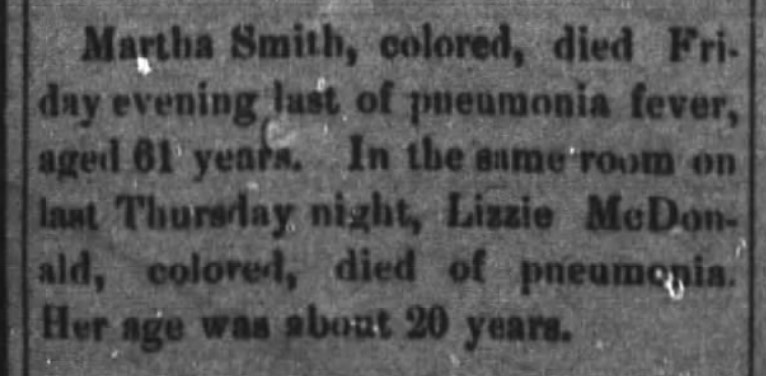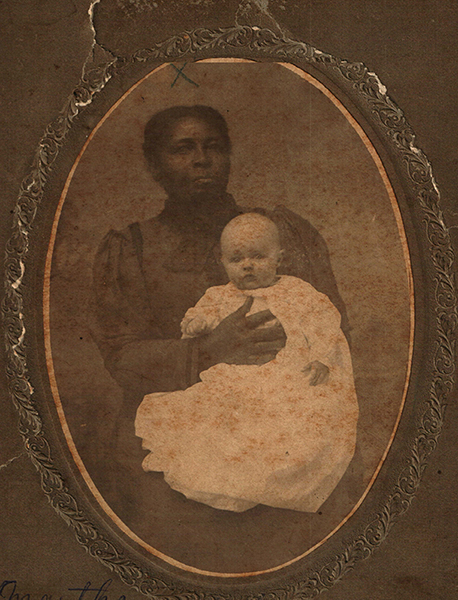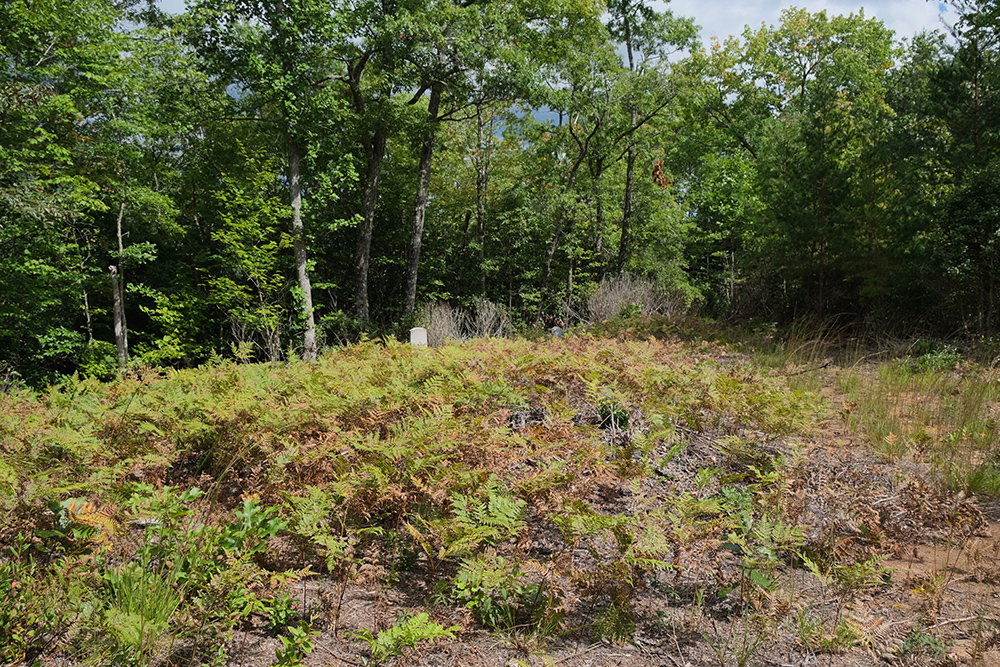New Hope Cemetery: Alma Chavis (1929-1933)
This series of blog posts entitled “New Hope Cemetery” highlights the individuals who are buried in the Franklin, North Carolina cemetery. After visiting the cemetery for the first time, I became interested in learning more about the people who are buried there. Since then, I’ve started scouring records to uncover more about their lives. To learn more about New Hope Cemetery, check out this page and this post.
Below in italics, you’ll find a short fictional piece that imagines a specific moment from that person’s life. After that, I present summary of my initial research findings. While I recognize that it may be impossible to completely piece their lives back together, I hope that these posts will humanize each individual, celebrate their legacy, and emphasize the importance of this cemetery.
She was just the tiniest thing, Miss Alma Chavis. You couldn’t tell by how she carried on though. She might’ve been the baby girl in a home full of boys, but she kept up with each of her brothers, even Charles, the oldest.
But on one particular Saturday afternoon, she pulled her self away from rough-housing with them and followed an enticing scent from the kitchen. Her mother had just pulled something out of the oven. Alma, peeked her head in the doorway, inching forward for a closer look. Cinnamon and sweet potato wafted through the air. A pie! She just had to get a taste.
“Whatcha doin’, baby?” — Betty peered behind her. She set the pie down with a soft thud. “You can’t have none of this til supper, now. Go on.” She shooed her away with a gloved hand.
But Alma just couldn’t resist. As soon as her mother’s back was turned, she made her move. Deftly, she made for a stool, climbed each rung with dexterity, and dipped a small finger right in the center of the piece. Just as immediately, she squealed– pies are much hotter than they first appear to be. Her mother whipped around with surprise as little Alma shoved the finger in her mouth, tears of joy trailing down her face.
At four years old, Alma Chavis is one of the youngest people buried in New Hope Cemetery. She was the daughter of Charlie Chavis and Betty Harshaw (both of whom are located in the center of the photo below).
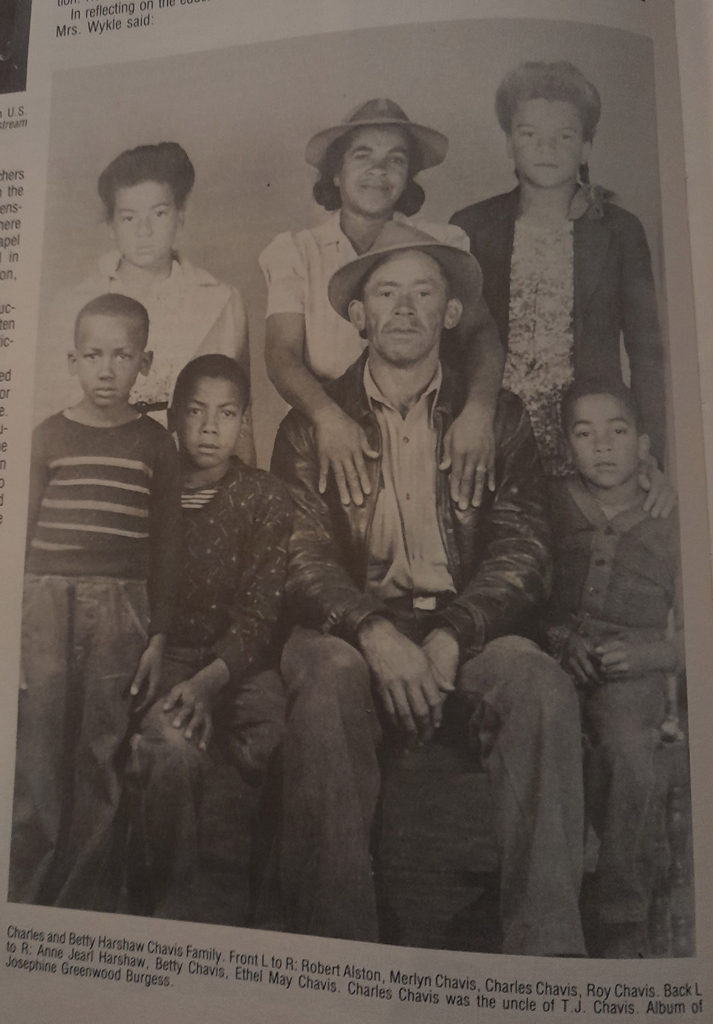
She lived in Franklin with her parents and her brothers, Charles, George, and Earnest. Their family lived in a rented home next to the Stewart, Gillespie, and Grant families. Her father, Charlie, worked many an odd job around town. Both of her parents could read and write.

During the Summer of 1933, Alma fell ill with “Lobar Pneumonia.” Although she was attended by a doctor, she sadly passed away a few days later. Her family held a small home funeral and buried her at New Hope on June 26, 1933.
